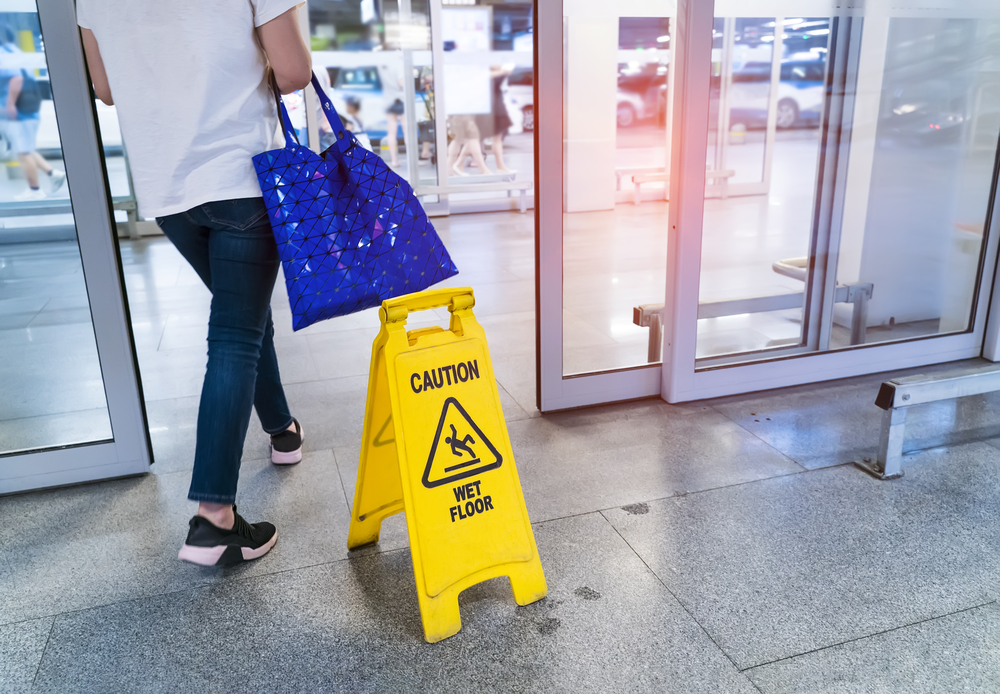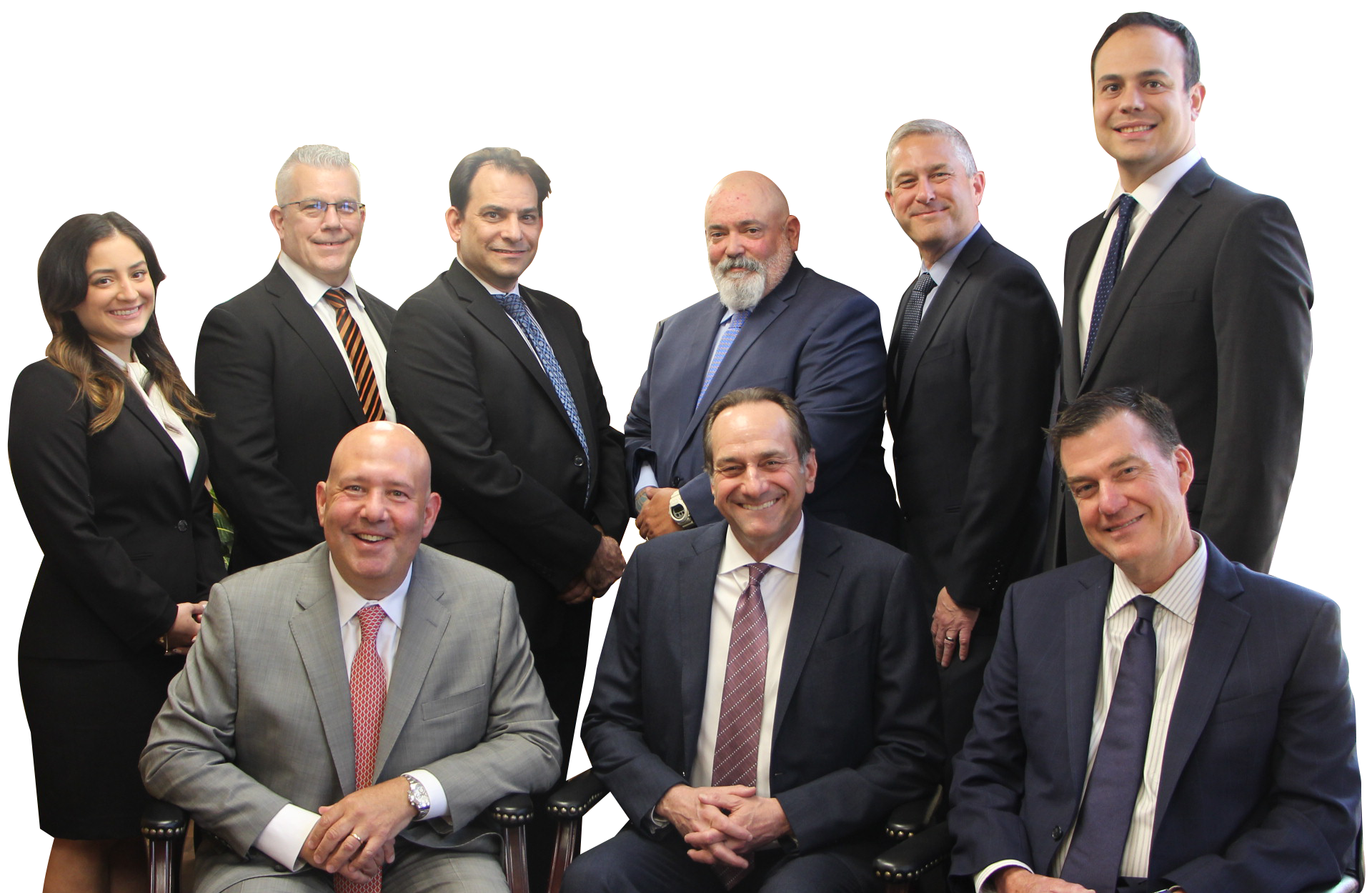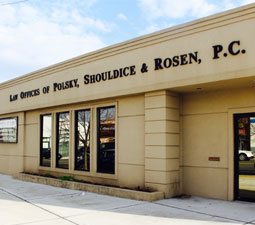
What are slip-and-fall accidents, and how do they occur?
Slip-and-fall accidents are incidents in which an individual slips, trips, or falls due to hazardous conditions on someone else's property. Common causes of slip-and-fall accidents include:
- Wet or slippery surfaces: Spills, leaks, or recently cleaned floors without proper warning signs can create dangerous conditions.
- Uneven or damaged flooring: Cracked sidewalks, torn carpeting, or uneven tiles can be tripping hazards.
- Lack of warning signs: Failure to provide warning signs for potential hazards, such as wet floors or construction zones, can contribute to accidents.
- Inadequate lighting: Poorly lit areas may hide potential hazards and increase the risk of tripping.
What should I do if I have a slip-and-fall accident?
If you experience a slip-and-fall accident, follow these steps:
- Seek medical attention: Your health and safety are paramount. Even if the injuries seem minor, it's crucial to get a medical evaluation.
- Report the incident: Inform the property owner, manager, or a responsible employee about the accident.
- Document the scene: If possible, take photos or videos of the hazardous condition that caused the fall, as well as any visible injuries.
- Gather information: Obtain contact information from any witnesses who saw the accident occur.
- Preserve evidence: Keep any clothing or footwear worn during the accident, as it may serve as evidence.
- Avoid making statements: Refrain from admitting fault or making statements to insurance representatives before seeking legal advice.
Can I sue for a slip-and-fall accident?
Yes, you may have the right to sue for a slip-and-fall accident if the property owner or manager's negligence contributed to the incident. To have a valid case, you need to demonstrate the following elements:
- Duty of care: The property owner had a duty to maintain a safe environment for visitors.
- Breach of duty: The owner failed to uphold their duty by not addressing or warning about hazardous conditions.
- Causation: The hazardous condition directly caused the slip-and-fall accident.
- Damages: You suffered injuries and damages as a result of the fall.
Proving negligence can be complex, so it's essential to consult with a personal injury attorney experienced in slip-and-fall cases.
How can property owners prevent slip-and-fall accidents on their premises?
Property owners can take several measures to prevent slip-and-fall accidents and reduce the risk of potential liability:
- Regular maintenance: Conduct routine inspections to identify and promptly address any hazards, such as leaks, spills, or damaged flooring.
- Warning signs: Clearly mark wet or slippery floors with warning signs until the area is safe.
- Proper lighting: Ensure adequate lighting throughout the premises to make potential hazards visible.
- Secure floor coverings: Secure mats, rugs, and carpets to prevent tripping.
- Handrails and guardrails: Install handrails on staircases and guardrails on elevated platforms to enhance safety.
What if the property owner claims the accident was my fault?
The property owner or their insurance company may try to shift the blame onto the victim to avoid liability. However, liability in slip-and-fall cases depends on negligence, not on the victim's carefulness alone. Comparative negligence laws may apply, which means each party's degree of fault is considered. If you were partially responsible for the accident, your compensation could be reduced based on your percentage of fault.
When Slip-and-Fall Accidents Result in Injury
When a slip-and-fall accident results in injury, the experienced Queens slip-and-fall accident lawyers at Polsky, Shouldice & Rosen, P.C. can help assess the circumstances, gather evidence, and work protect your rights in case the property owner attempts to place blame on you, an insurance company pushes back, and/or you need to litigate your circumstances in order to receive the compensation you deserve.


